Theoretical Particle Physics and String Theory

Faculty : Lara Anderson, Charles Cao, James Gray, Shunsaku Horiuchi, Patrick Huber, Djordje Minic, Eric Sharpe, Ian Shoemaker, Tatsu Takeuchi
Emeriti Faculty : Tetsuro Mizutani, Chia Tze

Professor Anderson's research focuses on various aspects of geometry and particle phenomenology in string theory. Recently she has been working on developing tools to link string theory to experimental results in particle physics and cosmology. Her work includes compactifications of heterotic string theory, M-theory and F-theory. She hopes to build a better understanding of the low energy effective physics of string theory, using tools from algebraic geometry (including computational algebraic geometry).
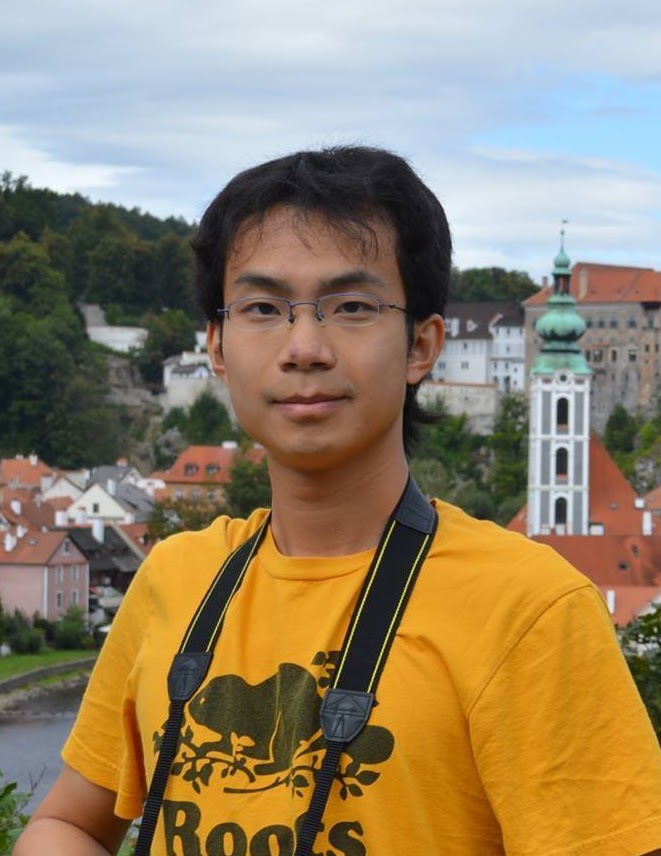
Professor Cao's research focuses on the intersection of quantum gravity, quantum information, and quantum many-body physics. Topics of interest include emergent spacetime and gravity in the anti-de Sitter/conformal field theory (AdS/CFT) correspondence, quantum computing, especially quantum error correction, and tensor network methods. The research style ranges from formal theory to close collaboration with experiments.

Professor Gray's research focuses on various aspects of string phenomenology - the attempt to link string theory to experimental particle physics and cosmology. His work concentrates on compactifications of the heterotic string and F-theory, as these are the constructions which can reproduce the successes of Grand Unified physics (without some of the problems) in a string theory context. Technically, Gray uses a lot of geometrical methods and tools from computational commutative algebra in order to describe the complicated spaces which appear in these solutions of string theory.
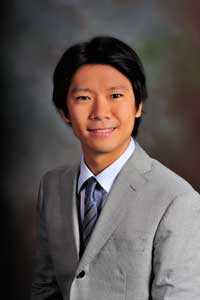
Professor Horiuchi's group is interested in using high-energy astronomical messenger particles to study the nature of particle dark matter. The current cosmological paradigm requires that dark matter dominate over "normal" baryonic matter. Dark matter does not fit in the Standard Model of particle physics and must arise from some new beyond-the-standard-model physics. Although dark matter particles need to be largely stable, in many theoretical models they can decay or annihilate. The group is interested in theoretical models of dark matter, how their particle properties manifest in complex astrophysical and cosmological signal, and developing techniques to disentangle dark matter signals from astrophysical backgrounds.
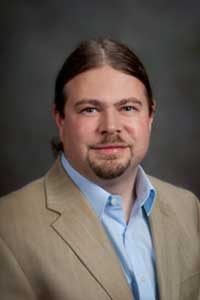
Professor Huber has studied the potential offered by a number of proposed new neutrino experiments to discover a non-zero mixing angle θ13 and to explore leptonic CP violation. The focus of his research was on numerical methods to accurately and efficiently predict physics sensitivities of yet to be built experiments. He works closely with the VT experimental neutrino science group and is himself a member of the Daya Bay Collaboration. Neutrinos are the unique probe of physics not accessible by accelerators like the Large Hadron Collider, and therefore improving our knowledge about neutrinos is highly complementary to traditional collider physics.
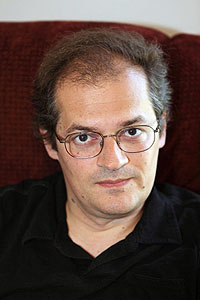
Professor Minic has been concentrating his effort on understanding how the quarks and gluons (particles in the upper half of the chart) interact with each other to form baryons, mesons, and glueballs. Baryons are a class of particles that comprise the proton and the neutron which are the basic building blocks of atomic nuclei. Understanding how they are formed from quarks will be a major breakthrough in our understanding of what we are made of.
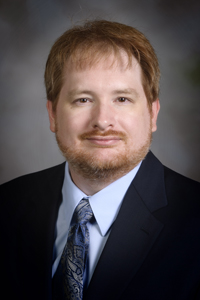
Professor Sharpe has been interested in understanding what quarks, gluons, and the other particles in the chart above are made of. Together with Anderson, Gray, and Minic, he works on various problems in string theory, one current attempt to reconcile particle physics and general relativity. String theory says that each of the particles in the chart above can be understood as a vibration of a one-dimensional object, known as a string. Furthermore, many developments in string theory have had spinoffs which gave more direct insight into particle physics, for example the understanding of strong coupling physics in certain ("supersymmetric") models of quarks and gluons. Although string theory is not directly testable experimentally, there are many indirect tests that can be performed via, for example, the mathematical predictions of string theory, and so he is also interested in mathematical aspects of the subject.

Professor Shoemaker‘s research focuses on demystifying the unknown physics associated with dark matter and neutrinos. A recent focus has been on repurposing neutrino experiments as key tools in the search for dark matter, additional neutrinos, and new neutrino interactions. A related complementary research direction focuses on exploiting astrophysical and early universe settings to probe new physics.
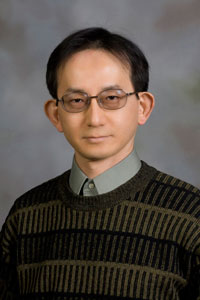
Professor Takeuchi has been interested in figuring out what can be inferred about new physics (particles and interactions that are yet to be discovered) from precision measurements of how the Z and W interact with the quarks and leptons. Most recently, he has been looking at how one flavor of neutrino changes into another (neutrino oscillations) in the presence of matter, and studying what an experimental measurement of the process can potentially tell us about the unknown. Together with Minic, he is also studying the application of non-commutative geometry to particle physics model building.


